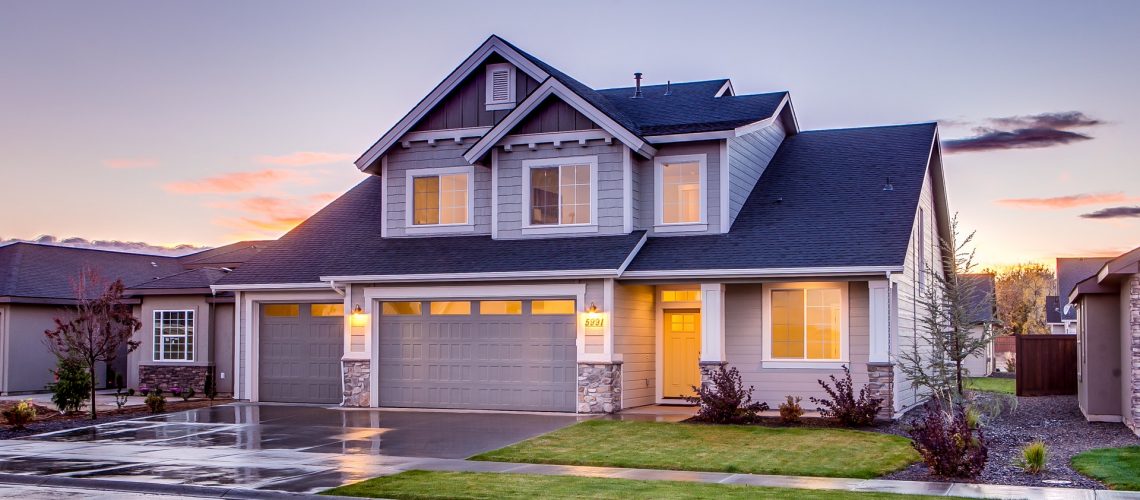When opting to convert to solar energy, there are a few things you will need to consider. One of these is the location of the solar panels. The most obvious choice is the roof, as it offers a large, unshaded amount of space.
However, alongside thinking that you need to live in a consistently sunny location to benefit from solar power, some also believe that such panels will only be effective when installed on a south-facing roof. Yet the truth is that you don’t necessarily require such conditions for your solar panels to still provide both sufficient energy and considerable savings on your energy bill.
The azimuth angle is a crucial measurement to consider when thinking about the optimum placement of your solar panels. It refers to the compass directions from which the sun is coming. At so-called ‘solar noon,’ the sun is always directly south for those in the northern hemisphere and directly north for those in the southern hemisphere. Yet this angle does vary throughout the day.
So, the direction that your rooftop faces is undoubtedly important in determining how much sunlight the solar panels will be exposed to throughout the day. Obviously, living in the northern hemisphere, if your panels are south facing, then they will receive the largest amount of sunlight. But this doesn’t mean that if you don’t have a south-facing roof that you can’t benefit from using solar panels.
Solar panels installed on a roof that is facing southwest or southeast will generally produce about eight percent less power than the same panels in the same climate on a south-facing roof. While ones oriented directly east or directly west will produce about 20 percent less. In many cases, this will still be more than enough to provide for your electrical needs.
Another key consideration here is the pitch or steepness of the roof. The flatter it is, the less solar energy production will fall when panels are facing east or west rather than directly to the south. With this in mind, you can enhance the performance of your solar panels by angling them down if at all possible.
If you alter the tilt from 30 degrees to 15 degrees, east or west production will just be 15 percent lower than panels installed in peak south-facing conditions. While a five percent saving may not seem like much, it can really add up across the course of a year.
If a north-facing roof space is the only option open to you, the panels would really need to be mounted in opposition to the roof’s slant in order to generate sufficient electricity, which might damage the aesthetics of the house. However, there are some other methods open to you to boost your energy production.
You might think about installing solar panels on a wall as long as the all is relatively shade-free. This means away from buildings and trees that would cast a shadow across the panels. Keep in mind though that vertical panels are a more expensive option.
Alternatively, you could install a ground-mounted solar system in your garden. This would be cheaper than both roof and wall installation, but it does require a considerable amount of yard space. One of the main advantages of ground-mounted solar panels, though is easy maintenance. You can keep them clean without having to climb onto your roof.
All in all, south-facing solar panels will provide you with maximum energy and with the most significant amount of savings in terms of power usage. Yet in most cases, you will still see a considerable impact from using solar power year-round no matter where you are located.


